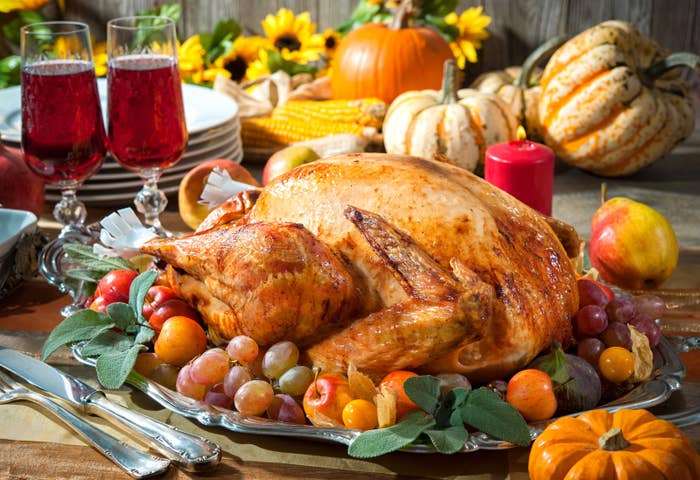
A warmer world, courtesy of climate change, is already changing your Thanksgiving feast.
Hotter summers, increased carbon dioxide in the air, and errant storms are all expected to imperil the global food supply, according to scientific estimates. Here’s how crops that are Thanksgiving dinner staples are expected to weather that shift.
1. CRANBERRIES
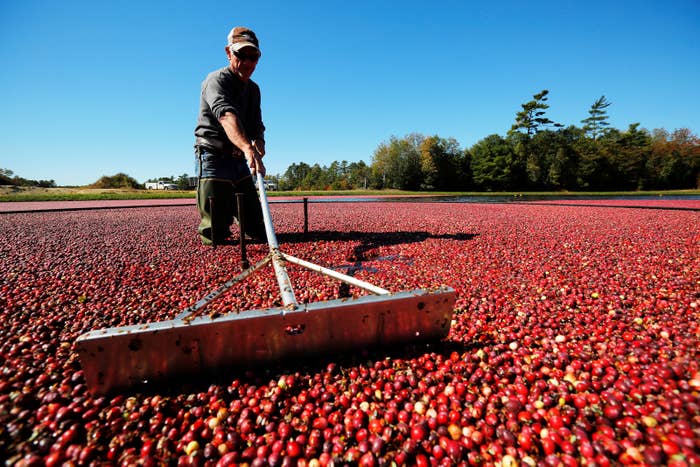
In Cape Cod, Massachusetts, the US’s second largest cranberry growing region, a dry and hot summer shrank the berries on this year’s crop.
Cranberries rely on cool winters to reset, and prepare for spring blooms. Flowers turn into fruit by late spring, and swell through the summer.
But daily summer temperatures higher than 85 degrees — the hottest summer in 90 years — put the brakes this year on photosynthesis in cranberry plants, Carolyn DeMoranville, director of the Cranberry Station at the University of Massachusetts, told BuzzFeed News. That slows down the rate of growth in the fruit.
“We seem to be having drier summers and we seem to be getting intense rain events,” DeMoranville told BuzzFeed News. “This is one of the patterns we’re seeing here that seems to be climate change related.”
The cranberry bogs on Cape Cod are near the ocean where sea levels are rising — DeMoranville said she’d heard of at least two growers who are seeing incursions of salt water into their cranberry bogs. “Cranberries are sensitive to salt so it does cause a problem,” she said.
A spell of rain in September averted a crop failure this year. But this dry and hot season doesn’t bode well.
“Between a combination of sea level rise and overall change in temperature I’ve heard that at some point Massachusetts would be more like South Carolina,” she said. “That would be a problem.”
2. PECANS
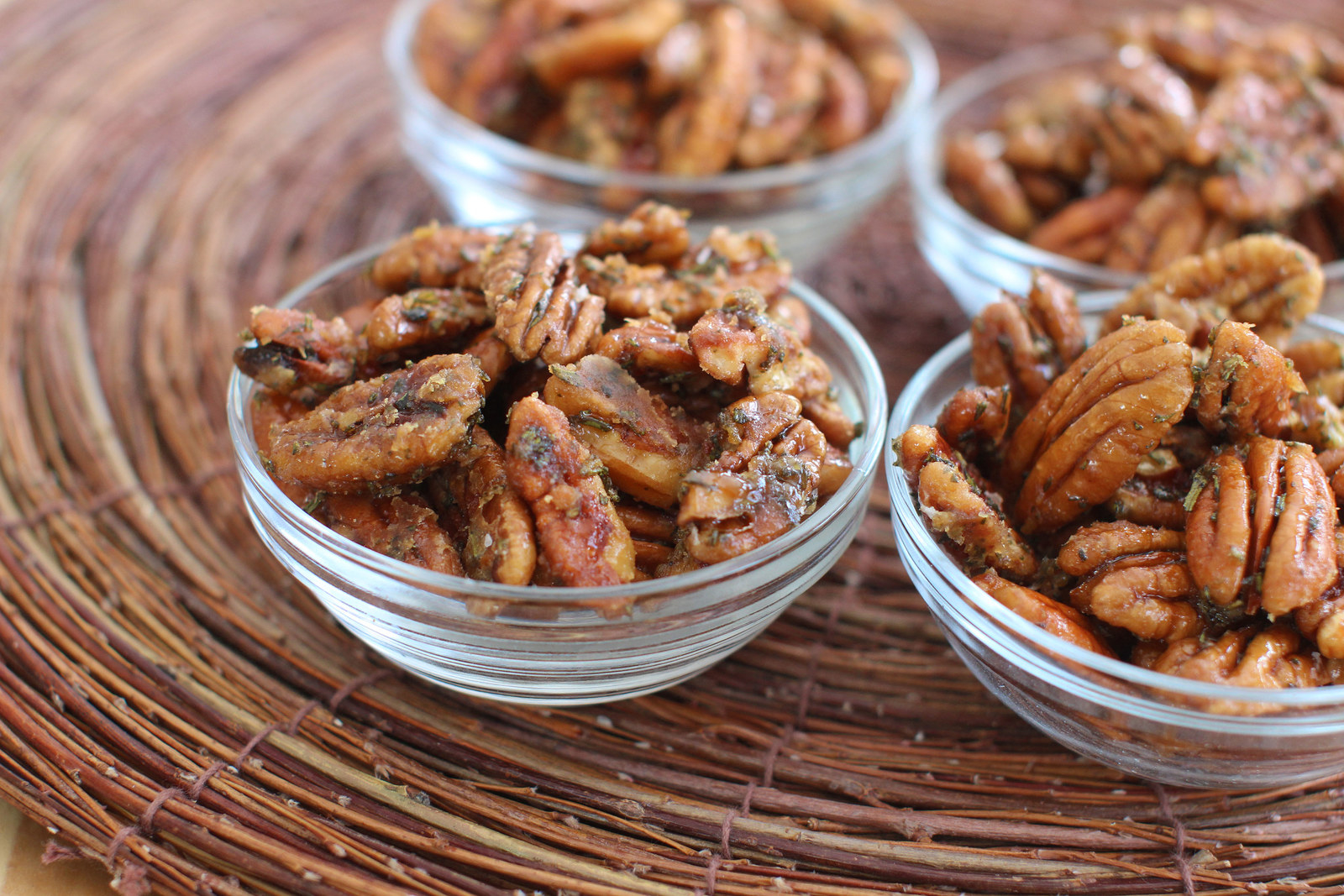
In Georgia this year, Hurricane Matthew flooded fields and washed out the harvest of a few farmers in the pecan growing region of the state.
“If you have more frequent storms as some have predicted, certainly that will have very immediate effects on pecan orchards,” Lenny Wells, associate professor of horticulture and pecan specialist at the University of Georgia, told BuzzFeed News.
Much of the rest of the region is going through drought, however. Drier weather staves off a fungal infestation called “pecan scab” — so that makes for a better harvest. But the lack of rain has also slowed the harvest of the Stuart pecan, the state’s primary variety.
That’s because pecans grow inside a hardy outer casing that needs to crack and peel away to release the nuts. Rain late in the summer is necessary to catalyze this “shuck split” Wells explained. All season, Wells has been advising growers to be patient with their trees. And meanwhile, to shake them harder.
Underground aquifers and irrigation is getting the state’s pecan crop past the drought, and Wells said he is pleased with the yield this year. “If something were to happen where the water became inaccessible that would be a serious problem,” he said.
3. BREAD AND CORN
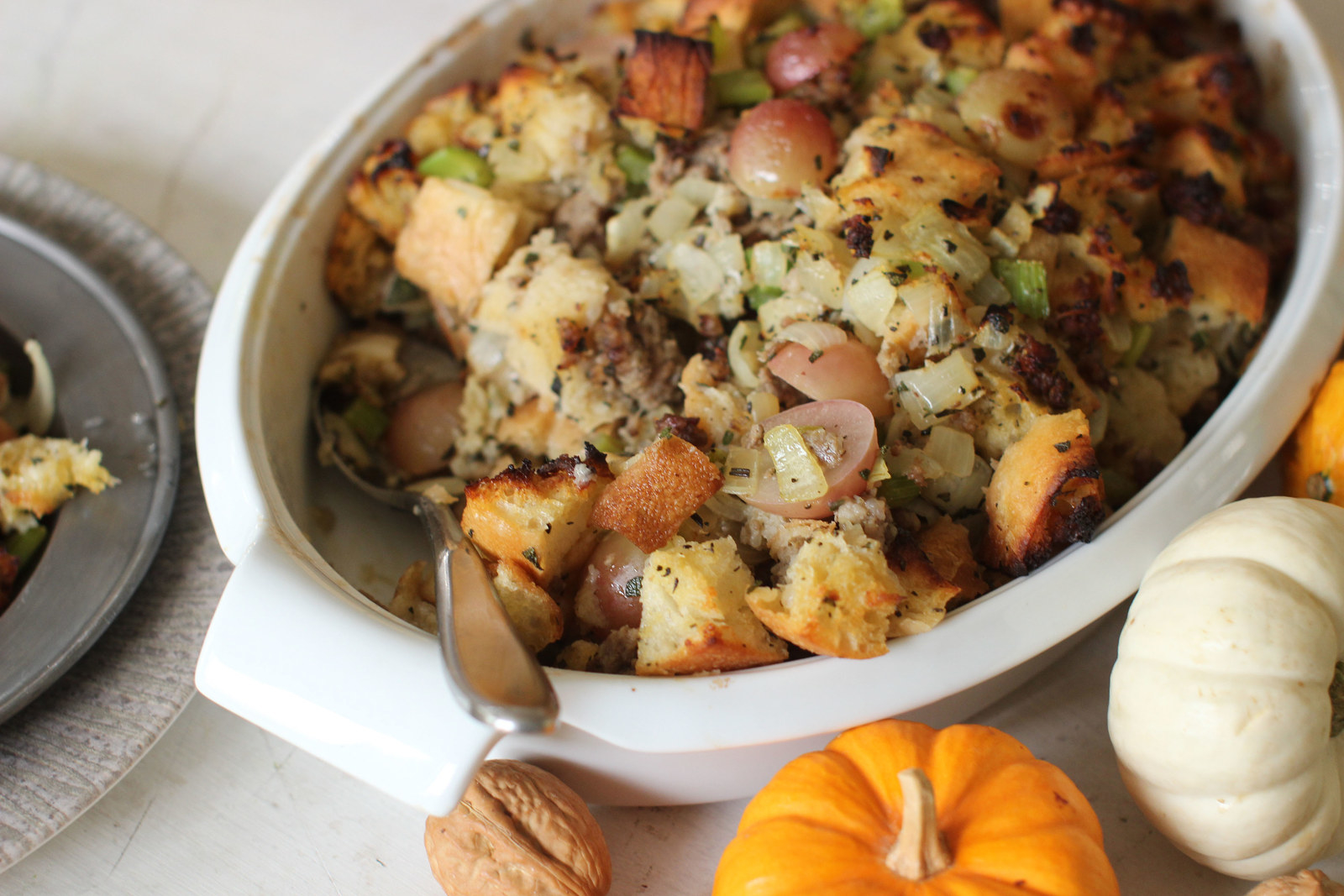
In general, higher temperatures are bad news for crops, and wheat, the world’s staple grain, is expected to be hit hard by global warming. For every degree rise in global temperature, wheat yields globally will drop by up to 6 percent, one international team estimated this year.
Ultimately, a combination of factors like carbon dioxide levels, rainfall timing and frequency, as well as global temperatures, will determine how food crops fare.
Of those, “[t]he real wildcard is how rainfall has been changing,” Senthold Asseng, professor of agriculture at the University of Florida, and one member of the team who studied the declining wheat yields, told BuzzFeed News.
Fuelled by sunlight, plants take in carbon dioxide to create carbohydrates — so more carbon dioxide is expected to boost yields, Asseng said. On the flip side, increased carbon dioxide levels also shut the pores on the leaves of plants, which means they send out less water into the atmosphere — and less water would increase the temperature of the plant canopy, harming crops.
4. POTATOES
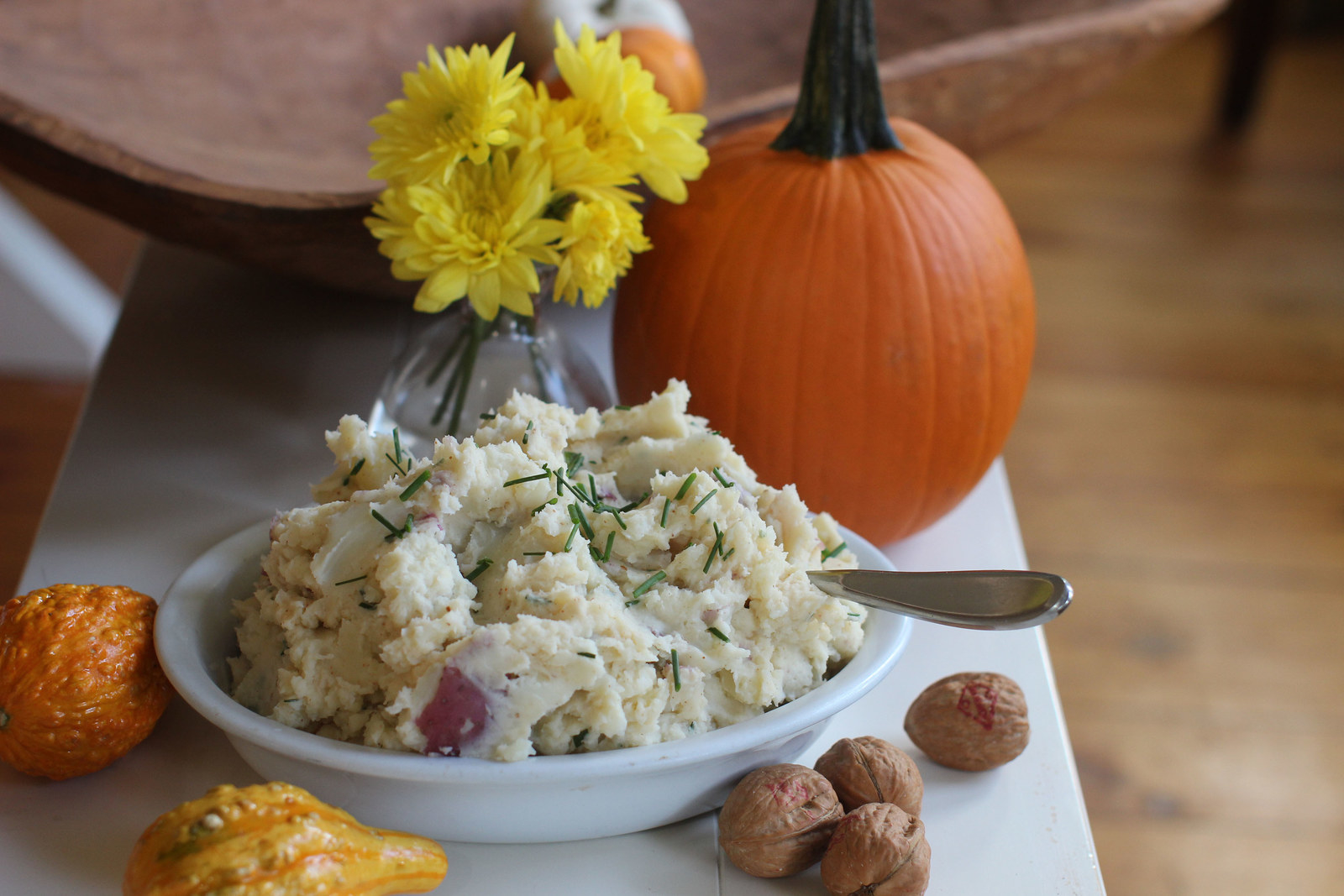
There could be something of a short-term upside for ‘taters: rising carbon dioxide in the atmosphere is expected to boost the growth of root vegetables.
According to one estimate from the University of Hawaii, carbon dioxide levels levels will just about double by 2100, and sweet potatoes will grow to twice their size, as a result. (Radishes will see a similar growth spurt.) Still to be determined: if the larger root vegetables will be as nutritious as today’s smaller fruit.
But another estimate, from Asseng and team at Florida, expects that rising temperatures may undercut that CO2-fuelled growth spurt in regular potatoes. “Potatoes are very sensitive to increasing temperatures because it is a crop that grows into the warm season,” he said. That may be most acutely felt by potato growers in India and China, major potato growing regions where average temperatures are comparatively high.
“It affects the crops, we know that for sure,” he said.
